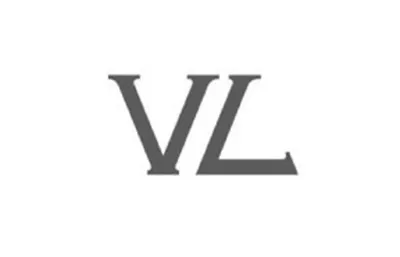VL Aesthetics
[48 miles from Kiskin]
Largest in Cumbria Multi Award Winning Face, Body and Laser Clinic based in Carlisle. We provide aesthetic treatments at the cutting edge of science and beauty, from reducing wrinkles and fine lin...[READ MORE]
Unit 1 Kingmoor Road, Carlisle, CA3 9QJ

